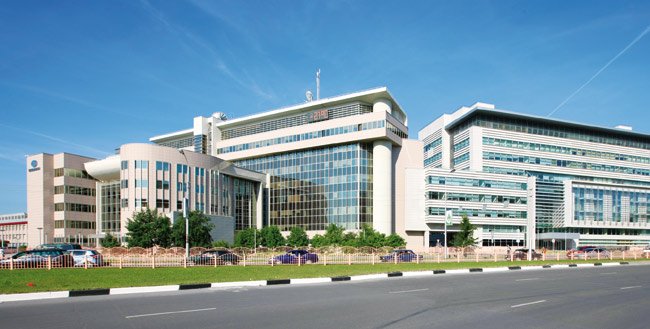It is Proposed to Expand the Classification of TRIZs (Unconventional)
Surgutneftegaz believes that the current system does not take into account current economic and geological conditions.
The classification of hard-to-recover oil reserves needs to be expanded in legislation. Today, measures of state support for the development of HRDs cover an insignificant part of the “difficult” oil. This is stated in the article by Vladislav BAYRAMOV, Deputy Chief Geologist of Surgutneftegaz, published in the journal Geology and Subsoil Use in co-authorship with the company’s employees A.A. ANTONOV and R.A. ROMANOV. The news agency “Devon” cites the main provisions of this publication.
The Tax Code of Russia classifies Bazhenov, Abalak, Domanik, Khadum, Tyumen productive deposits and deposits of low-permeability reservoirs (up to 2 mD) as hard-to-recover reserves. In the industry legislation, Bazhenov, Abalak, Achimov low-permeability deposits (up to 2 mD) and high-viscosity oils are recognized as TRIZs.
These criteria for classifying oil reserves as SRR do not correspond to the actual features of mining and geological conditions and field development parameters, the authors note. It is necessary to create a classification of HRR that would take into account the new economic conditions and all the factors complicating the development of deposits.
This is a high water cut of long-term developed fields and deposits, low thickness, high dissection, large depth of reservoirs. Other factors are called low oil saturation; extremely low reservoir permeability and anomalous oil characteristics.
Thus, some Surgutneftegaz fields require high costs for surfactant-polymer flooding and multi-section hydraulic fracturing (MSHF). The company also drills multilateral wells. Other complex methods of enhanced oil recovery (EOR) of reservoirs are also used.
Back in 2015, Surgutneftegaz tested a new chemical flooding technology to combat water cut. However, its large-scale application in the current conditions is not economically feasible. In turn, the development of low-permeability reservoirs requires expensive methods of production stimulation and the formation of special reservoir pressure maintenance systems (RPM).
In this regard, Surgutneftegaz experts suggest that oil reserves of fields with a complex and very complex geological structure be considered hard-to-recover. Their effective development is possible only with the use of special methods and technologies. They require higher investment and operating costs.
These include: highly watered oil deposits (with a value of more than 80%); unconventional reservoirs (Bazhenov, Abalak, Domanik and Khadum productive deposits); the pre-Jurassic complex of the Triassic and Paleozoic deposits of Western Siberia; low permeability reservoirs; reserves of the Tyumen suite and Achimov deposits, identified by stratigraphic features; deposits with oil saturation less than 50%; under-gas deposits of oil and gas, oil and gas condensate and gas and oil fields; reserves of high-viscosity and extra-viscous oil (with a viscosity of 5 thousand mPa-s and more).











